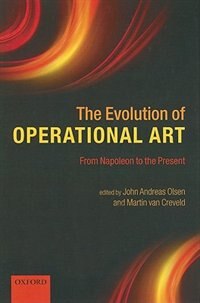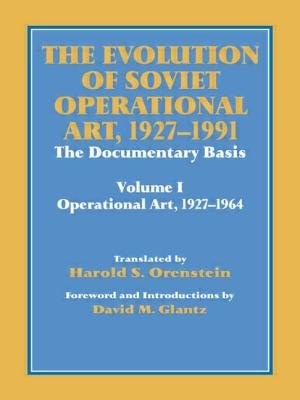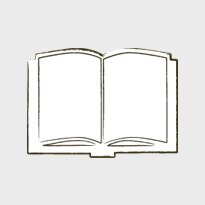Home
Development Of The Theory And Doctrine Of Operational Art In The American Army 1920-1940 by Michael R Matheny, Paperback | Indigo Chapters
Loading Inventory...

Development Of The Theory And Doctrine Of Operational Art In The American Army 1920-1940 by Michael R Matheny, Paperback | Indigo Chapters
From Michael R Matheny
Current price: $60.51


From Michael R Matheny
Development Of The Theory And Doctrine Of Operational Art In The American Army 1920-1940 by Michael R Matheny, Paperback | Indigo Chapters
Current price: $60.51
Loading Inventory...
Size: 0.13 x 9.69 x 0.29
*Product information may vary - to confirm product availability, pricing, shipping and return information please contact Coles
Operational art as a focus for U. S. doctrine has only recently emerged in our manuals. Initially, operational art emerged during the interwar period. Reflecting upon the experience of World War I, German and Soviet theorists recognized that mass armies and new technologies required successive military operations. Operational art was developed to provide the conceptual framework far successive operations. This monograph seeks to answer the question, was operational art developed in the U. S. Army during the interwar years? This paper uses lectures and texts from the curricular archives of the Command and General Staff College and the War College to analyze the theory and doctrine of the interwar period. The criteria used to evaluate the doctrine are: elements of campaign planning, sophistication of approach (role of logistics, joint and combined operations), and operational concepts. The key operational concepts examined are phased operations, culminating point, center of gravity, and lines of operation. This study concludes that operational art did exist in the American army during the interwar period. Moreover, in comparison to military thinking in Europe at that time, it was certainly as sophisticated. The Command and General Staff School at Ft. Leavenworth provided a doctrine increasingly influenced by the operational concepts of Clausewitz. The Army War College exercised joint planning and established a formal system of plans which linked strategic aims all the way dawn to tactical objectives. The implications of this study suggest that the interwar emphasis on concentration and planning may be useful to current doctrine developers. | Development Of The Theory And Doctrine Of Operational Art In The American Army 1920-1940 by Michael R Matheny, Paperback | Indigo Chapters


















